A second appointment is common, especially after your first mammogram and if you have dense breasts — but it doesn’t necessarily mean anything is wrong
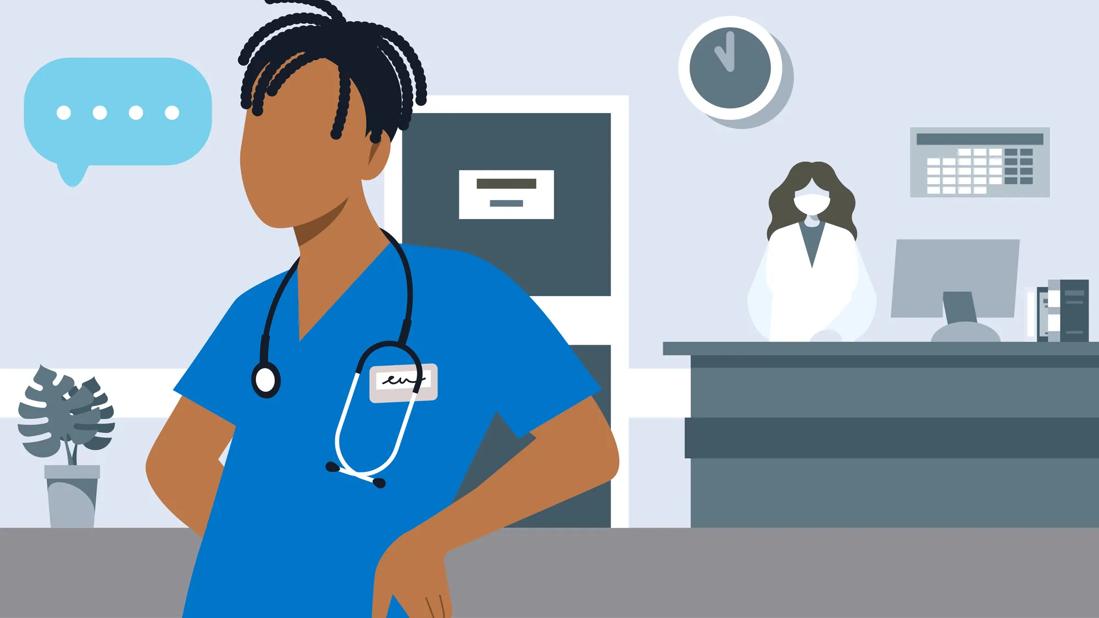
You’ve just had a screening mammogram, and, of course, you were hoping not to have to think about it again until your next one. But now, you’ve gotten a call that says you have to come back in for more imaging. How worried should you be?
Advertisement
Cleveland Clinic is a non-profit academic medical center. Advertising on our site helps support our mission. We do not endorse non-Cleveland Clinic products or services. Policy
It’s normal to feel nervous about what your results might mean — and what may come next. But try not to worry just yet.
“A lot do get called back for a possible finding on a screening mammogram,” says Laura Dean, MD, a diagnostic radiologist who specializes in breast imaging. “But many times, those findings end up being normal.”
So, what could be going on when you receive a mammogram callback? And what happens next? Let’s delve deeper.
A mammogram callback means you’ve been asked to return to your healthcare provider’s office after a screening mammogram. But let’s get one thing out of the way right up front: This doesn’t always mean that something is wrong.
“It’s important to emphasize that the vast majority of things found on a screening mammogram are benign, or noncancerous,” says diagnostic radiologist Laura Shepardson, MD, head of breast imaging for Cleveland Clinic.
In fact, the American Cancer Society says fewer than 1 in 10 women who are called back for more tests are found to have cancer. But before we go any further, it’s helpful to break down some of the terms we’re discussing.
Advertisement
If anything about your mammogram seems suspicious, your healthcare provider will call you back and order additional imaging.
“If we think we’ve detected something during your screening mammogram, additional imaging will help us problem-solve to learn whether or not there’s a real finding in the breast tissue,” Dr. Dean explains.
She shares the most common reasons for being called back after a mammogram.
Mammograms track changes in your breasts over time, but your healthcare provider needs a baseline to start tracking from. Your first mammogram provides that, letting your provider see what your breast tissue looks like — what’s normal for you.
“At your first mammogram, we have nothing to compare the images to,” Dr. Dean says, “so, we often feel it’s important for you to come back as we learn what is normal for your breast tissue.”
If something seems suspicious or even just questionable, your provider is likely to ask you to return for more imaging, which will give them a clearer picture (literally) of your breast tissue.
Have you ever snapped a seemingly perfect photo, only to realize later that it’s not as crisp as you’d expected? The same thing can happen with mammogram images.
Dr. Dean explains that compressing a three-dimensional structure (in this case, your breasts) into just two dimensions for a 2D mammogram can cause your breast tissue to overlap. This can create areas on your mammogram imaging that look like masses, even though they’re just normal breast tissue.
“Overlapping breast tissue is an inherent limitation in mammography,” she notes, “but it’s normal and is related to mammography positioning, not necessarily something wrong inside the breast tissue.”
If part of your breast looks different from the rest, or if your breasts look dramatically different from one another, you may be asked to return for a second mammogram.
Breast cysts are noncancerous, fluid-filled sacs. They can be large or small, and although you can sometimes feel them, it’s also possible to not know you have them until they appear on a mammogram. About 7% of all women will get a breast cyst at some point in their lives, and they often don’t need any intervention for them.
Breast calcifications, or small deposits of calcium in breast tissue, are common after age 50 and are often noncancerous. “They can, however, be an early sign of something abnormal happening in your breast tissue,” Dr. Dean notes.
Calcifications don’t always lead to a mammogram callback. But if your provider has concerns that yours may be abnormal, they’ll ask you to come back in for more imaging.
Fibroadenomas are benign (noncancerous) tumors that don’t usually raise your risk of breast cancer. Some disappear on their own, while others get larger over time.
Advertisement
Your provider will determine whether your fibroadenoma needs treatment. They may ask that you come back for more frequent mammograms to keep an eye on any changes.
Dense breast tissue refers to the makeup of your breasts, which contributes to the way they appear in mammogram imaging. Fatty (adipose) tissue isn’t dense and appears black on a mammogram, but dense breast tissue is made up of fibrous and glandular tissue — and it looks white on a mammogram, just like breast cancer does. This can make it hard for your healthcare provider to determine what’s what.
About 40% to 45% of women in the U.S. between the ages of 40 and 74 have dense breast tissue. It doesn’t indicate a problem on its own, but it can have implications for your future breast health.
“Your risk of breast cancer increases with increasing breast density,” Dr. Shepardson warns. “Women with dense breast tissue have up to a twofold increase in risk compared to those with less dense breast tissue.”
In 2019, the U.S. Food and Drug Administration (FDA) issued a rule requiring that mammogram reports include information about breast density so you can talk to your provider about any preventive steps you may need to take.
A big part of breast health is having that baseline of past mammogram images to compare your new ones to. If something looks very different from what it has in the past, your provider will ask for additional imaging to investigate.
Advertisement
Only about 1 in 10 who are called back for more testing after a mammogram are found to have breast cancer. But it is, of course, possible — and catching it early is the whole point of prioritizing screening mammograms.
“The No. 1 symptom for breast cancer is no symptom at all,” Dr. Shepardson says. “Many women are diagnosed with breast cancer just based on a finding from their screening mammograms, which emphasizes why screening is so important.”
Your mammogram callback will incorporate different views of your breasts, which will help the radiologist get a clearer picture of the area in question. It may also require you to get a breast ultrasound and possibly a breast MRI, two more types of imaging that let your provider take a closer look at what’s going on within your breast tissue.
“We very commonly use ultrasound along with mammography, but breast MRI is used on a more case-by-case basis,” Dr. Dean clarifies. “These types of diagnostic imaging let us do more workup to find answers.”
A quick word, too, about the types of mammogram you’ll have: These days, most screening mammograms are done by digital breast tomosynthesis, aka 3D mammography (sometimes called DBT or “tomo”). But some healthcare facilities still do screening mammograms in 2D, which compresses your breasts — basically, taking a 2D picture of a 3D body part.
Advertisement
“Compressing a three-dimensional structure into two dimensions leads to an overlap effect in the breast tissue,” she reiterates. “It’s an inherent limitation in mammography.”
But callback mammograms (aka diagnostic mammograms) that are done in 3D help your radiologist get a closer, clearer picture.
“The machine scrolls across the breast tissue while the breast is compressed, which lets your radiologist scroll through that breast tissue,” she explains. “This eliminates that overlap effect so we can see through the breast tissue more easily.”
A mammogram callback leads to one of three outcomes. Your provider may:
“We may also recommend that you be seen by a breast specialist, whether it’s a surgeon or a medical breast specialist for further clinical exam or risk assessment,” Dr. Shepardson shares.
Feeling nervous about “getting squished”? Take a deep breath. Your healthcare provider doesn’t want the experience to be scary, stressful or painful for you.
“Our goal is that the mammogram experience is as comfortable for you as possible because we want you to keep coming back year after year,” Dr. Dean reassures. “The technologist will work with you to make sure you’re comfortable throughout the process.”
Try to remind yourself that getting a mammogram is a briefly uncomfortable experience that has big benefits for your health.
“Screening mammograms are the No. 1 way to screen for breast cancer,” Dr. Shepardson emphasizes. “Multiple research studies have shown over and over again that screening mammograms reduce deaths from breast cancer by as much as 20%. So, it’s really, really important.”
If you are diagnosed with breast cancer, you’ll work with a team of healthcare specialists to get the best care possible. But you can cross that bridge if it comes to it — and remember that getting called back for a mammogram certainly isn’t a guarantee of a health issue. There are a variety of reasons you might be asked to return for further investigation, and many of those reasons don’t involve cancer.
“Plenty of things can initially look abnormal on a mammogram,” Dr. Shepardson says, “but they turn out to be benign.”
Learn more about our editorial process.
Advertisement

They’re different versions of the same tool, all with the goal of early detection of breast cancer

One is the gold standard for breast screening, while the other is used as a complementary diagnostic tool
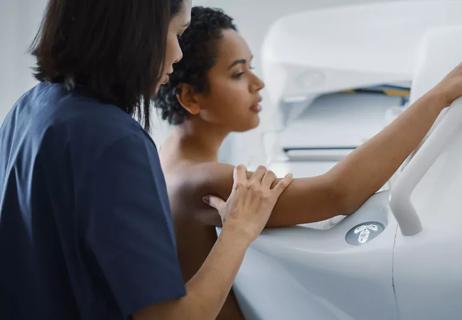
Annual screenings should start at 40 for most — but some should start younger

Severed milk ducts or lost glandular tissue may affect your milk production
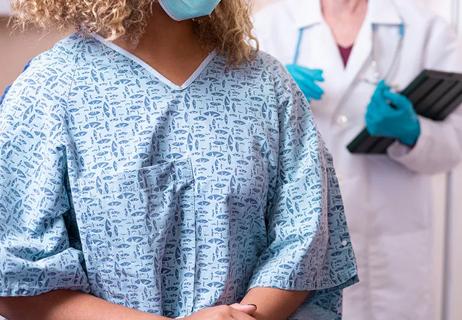
The short answer from a radiologist
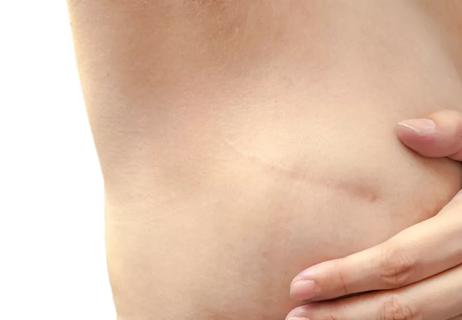
Work with your doctors to find the best approach for breast reconstruction
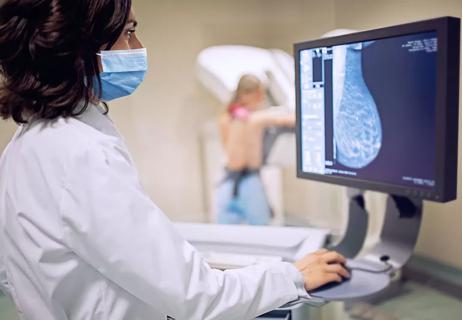
The short answer from a diagnostic radiologist

This chronic condition most commonly causes pelvic pain and severe cramping during periods, but it can bring other types of pain symptoms, too

The best parenting style balances enforcing rules and showing plenty of love

Tips include cutting back on sugar, focusing on exercise and managing stress

It can be harder to let go when you’ve invested time, energy and emotions — but it might be the healthier choice long term